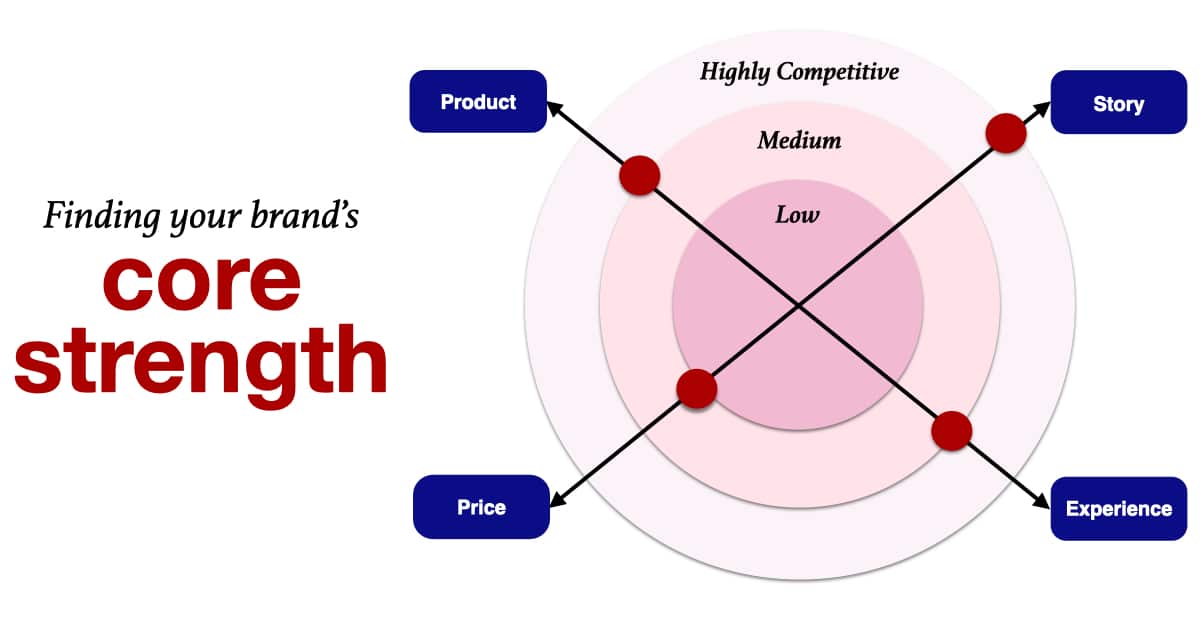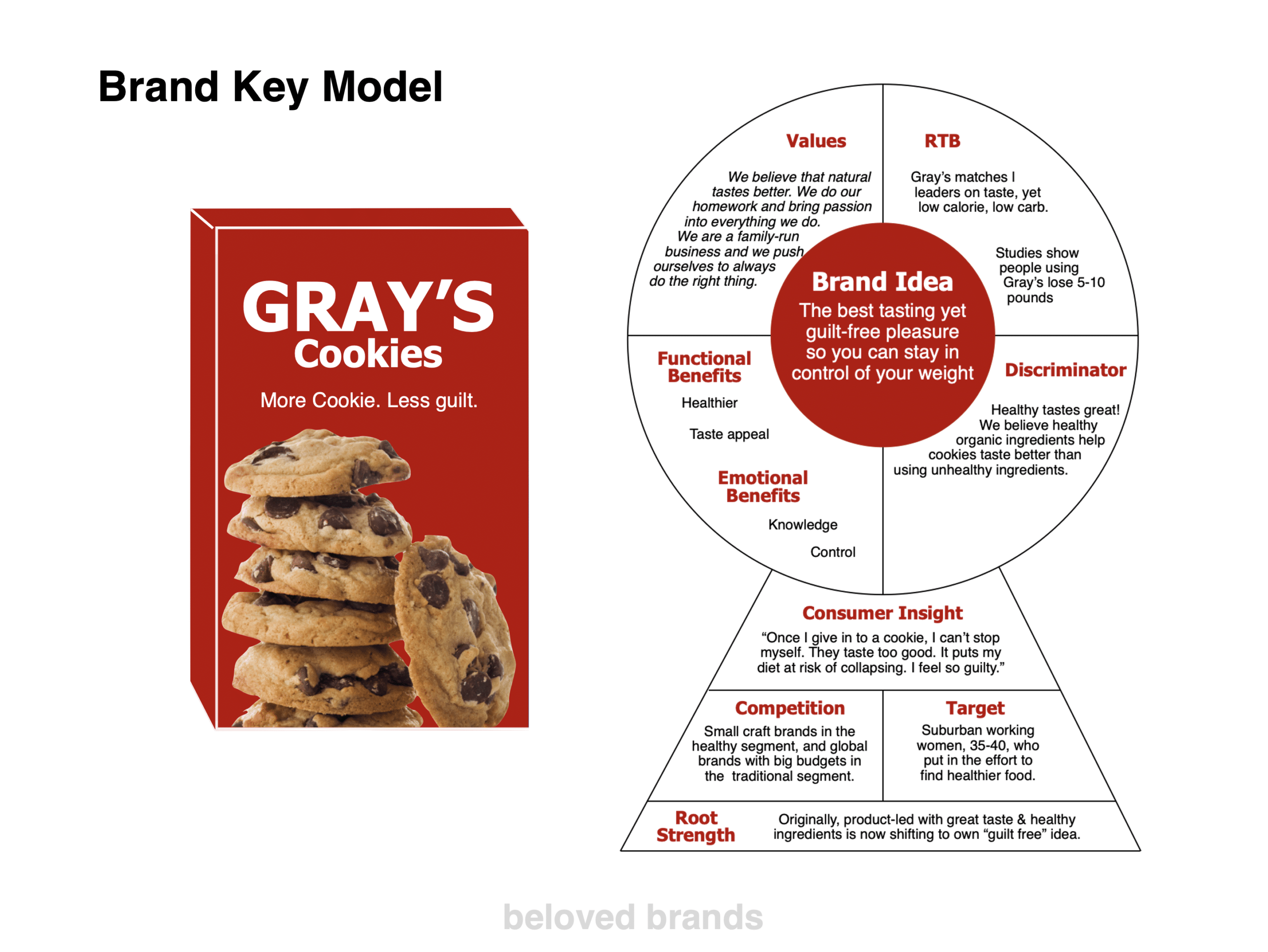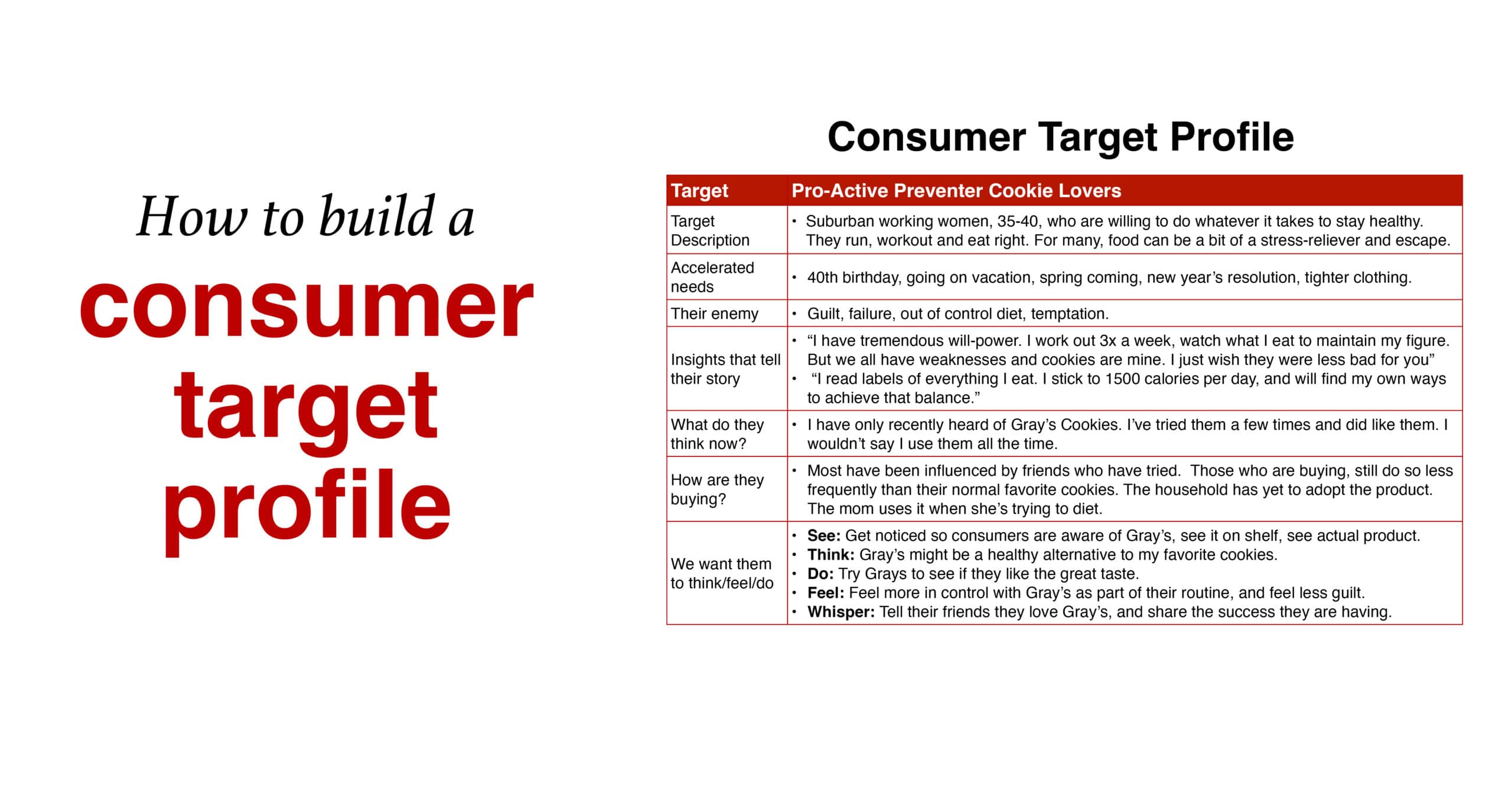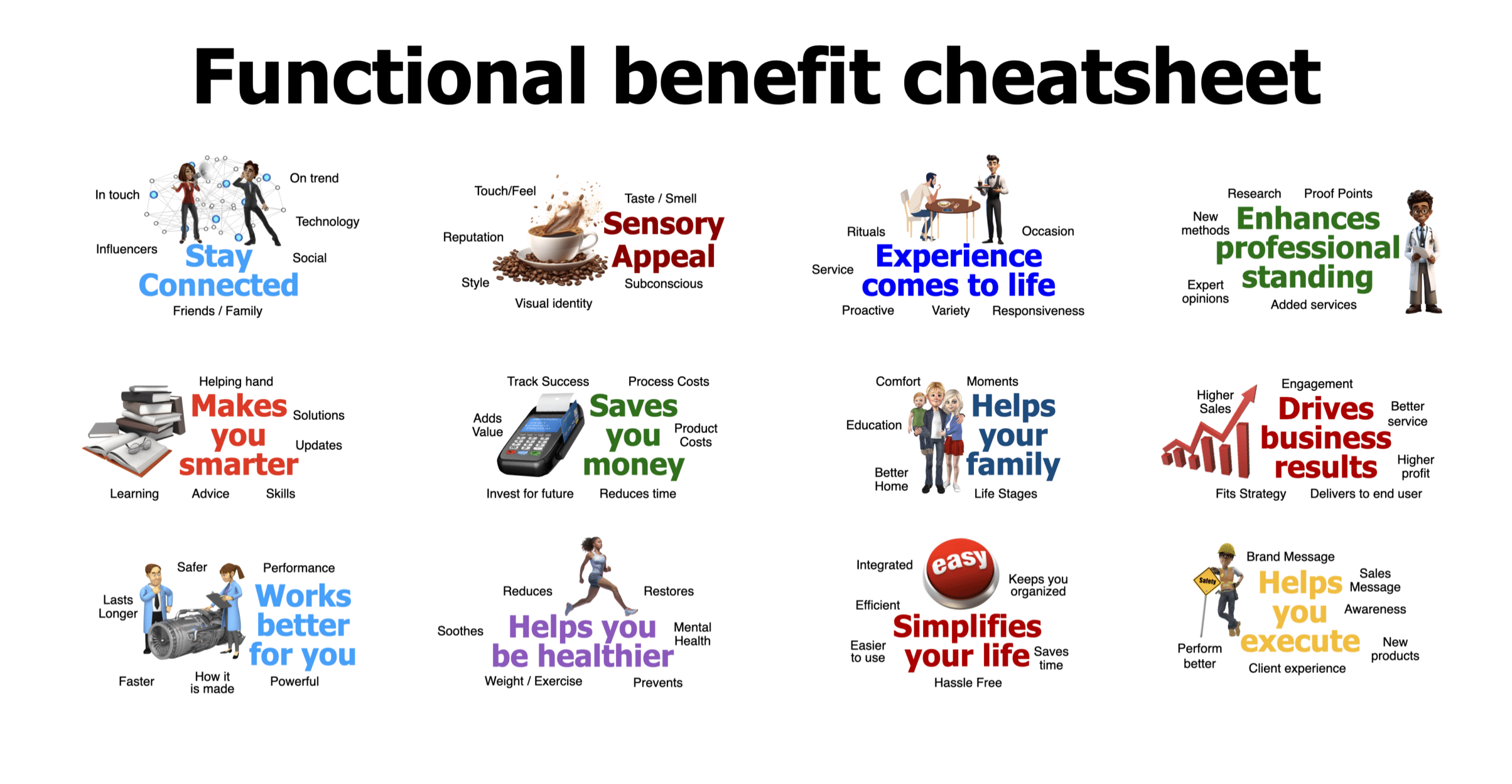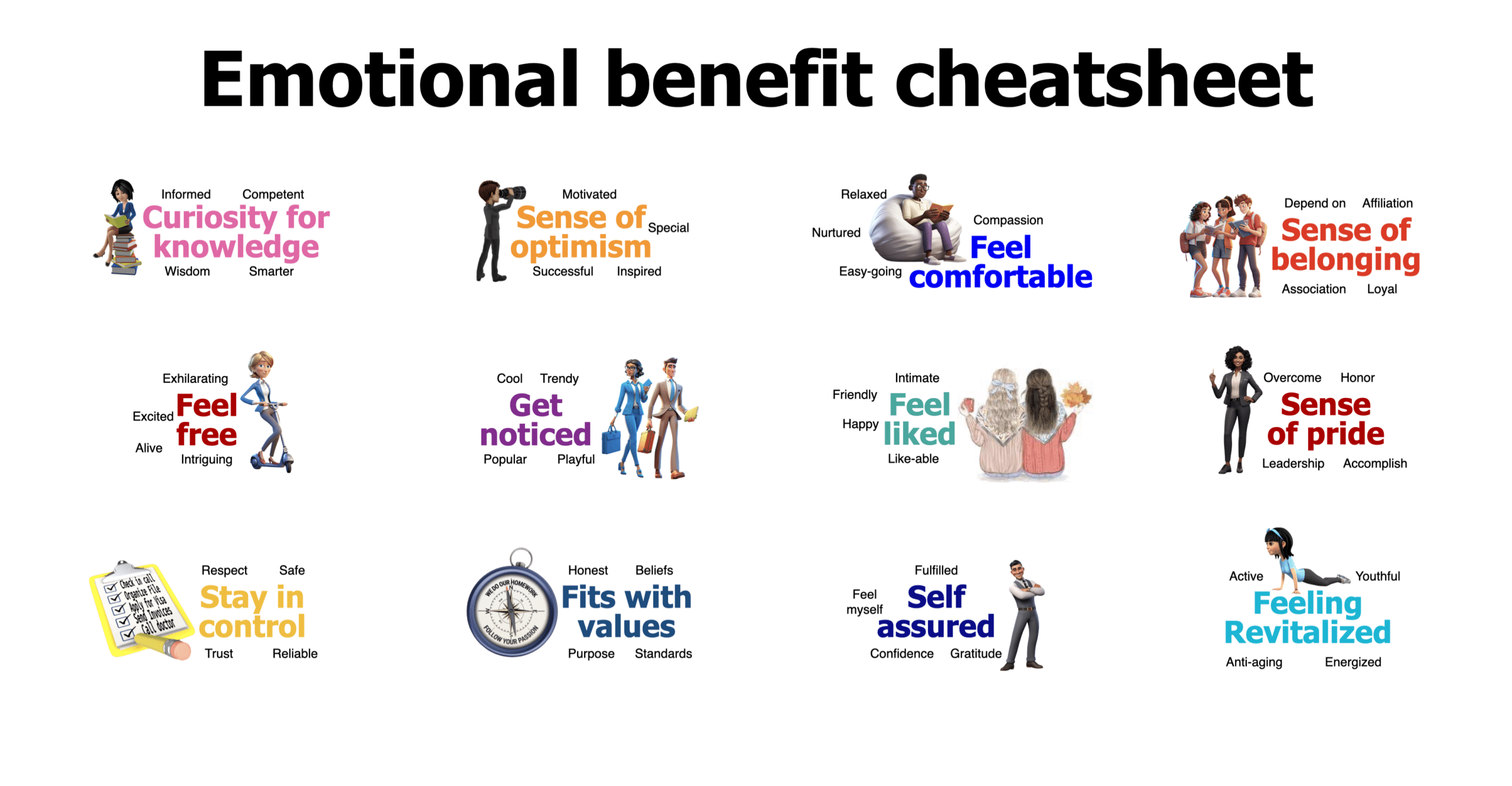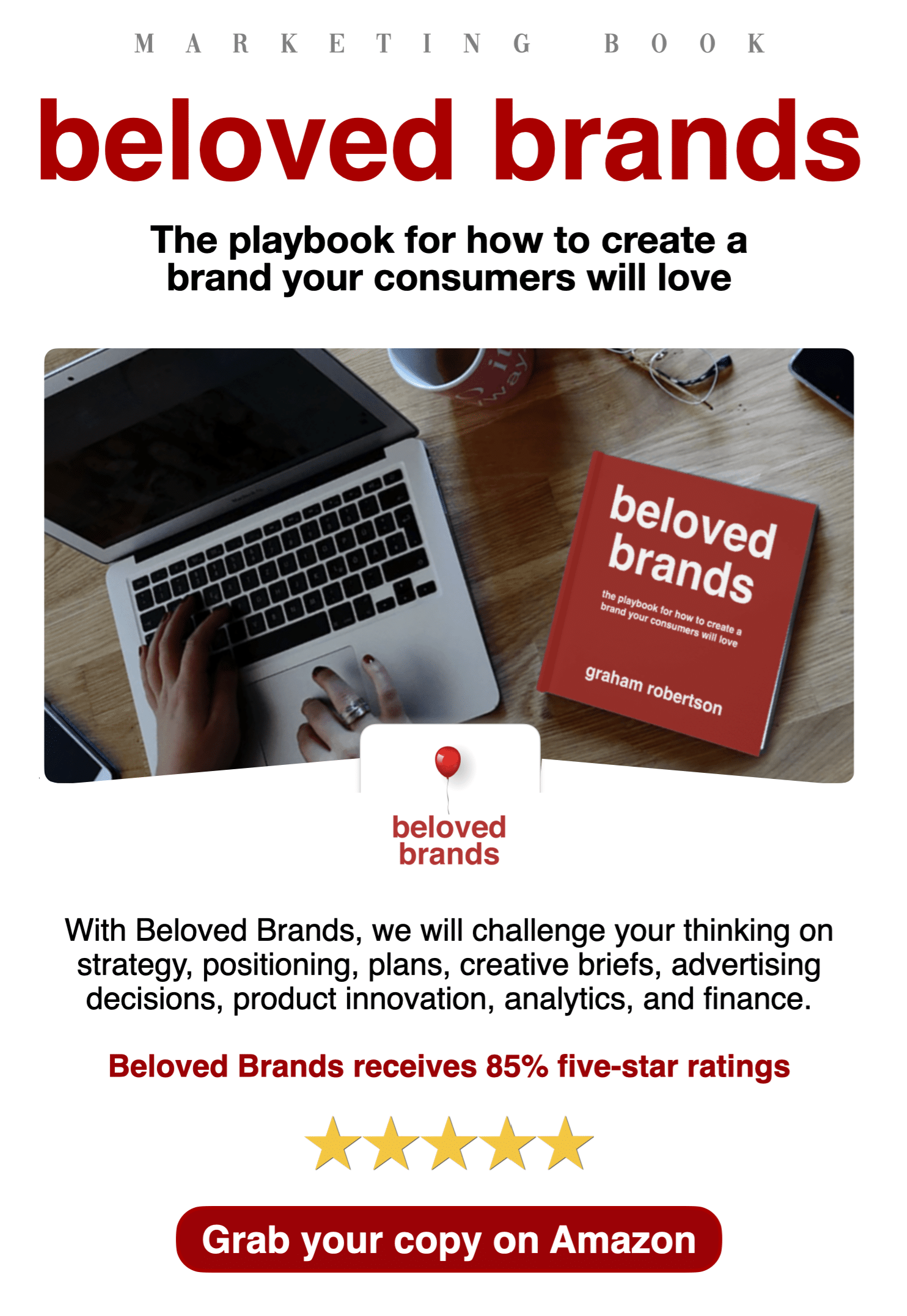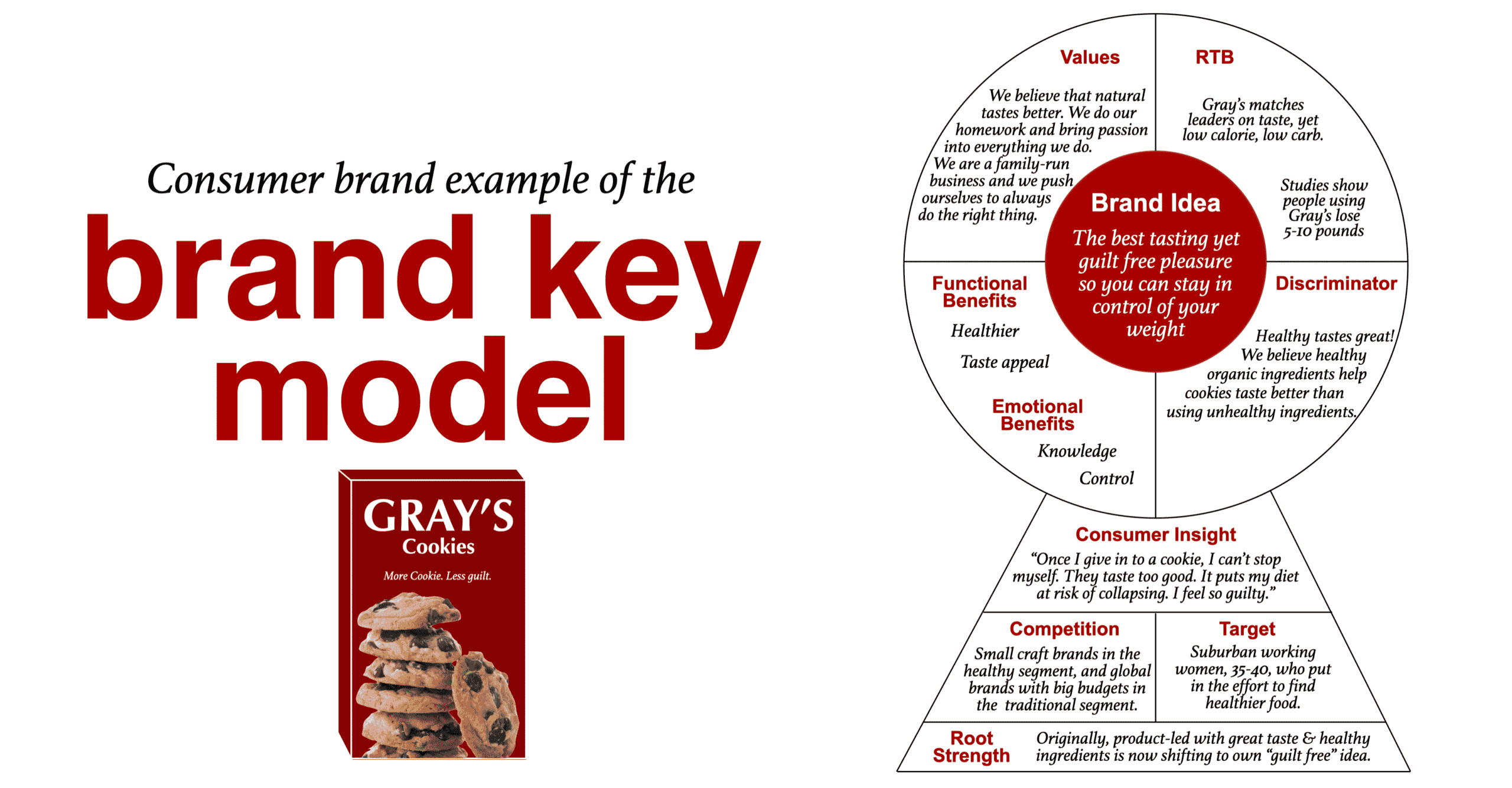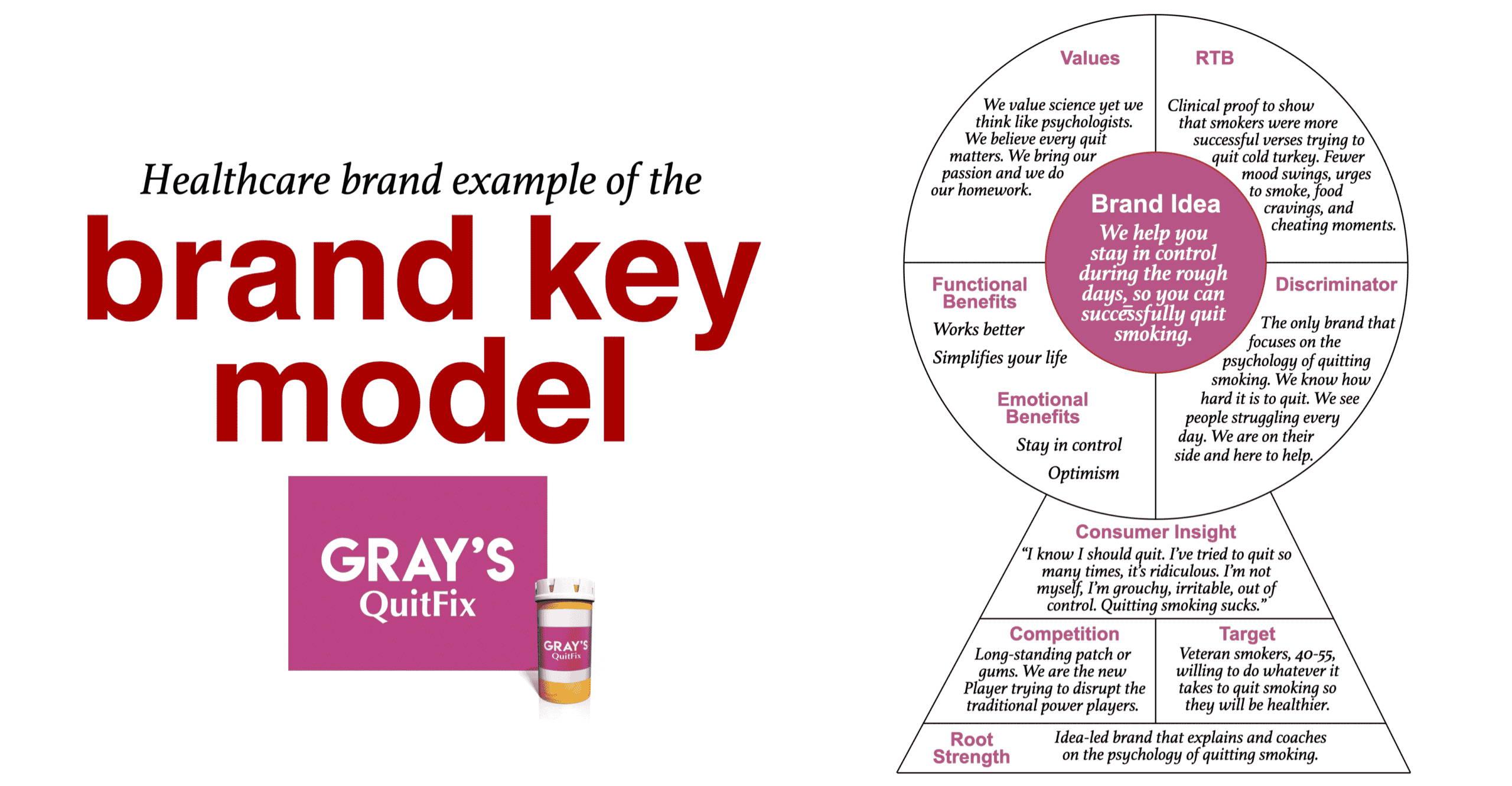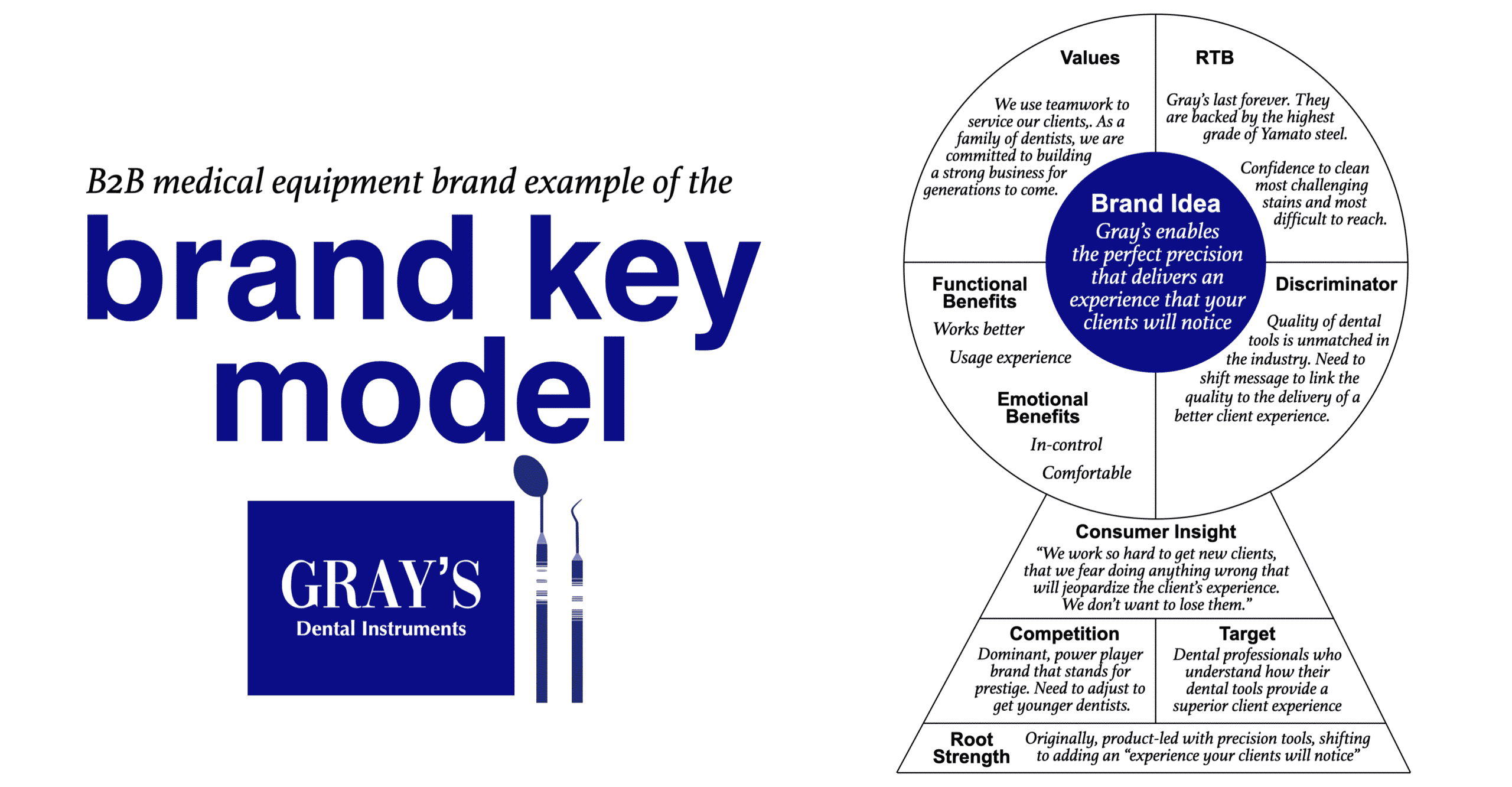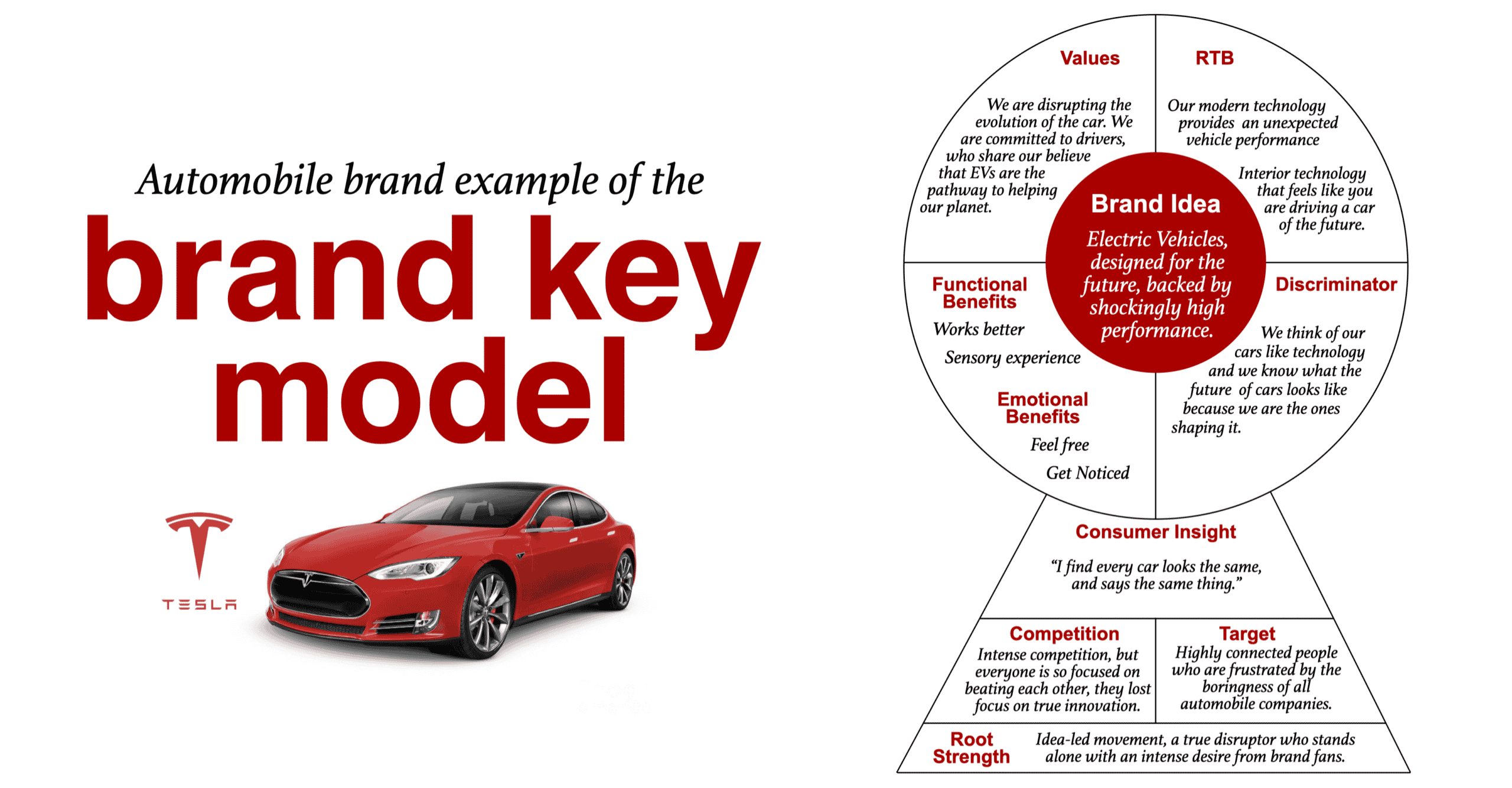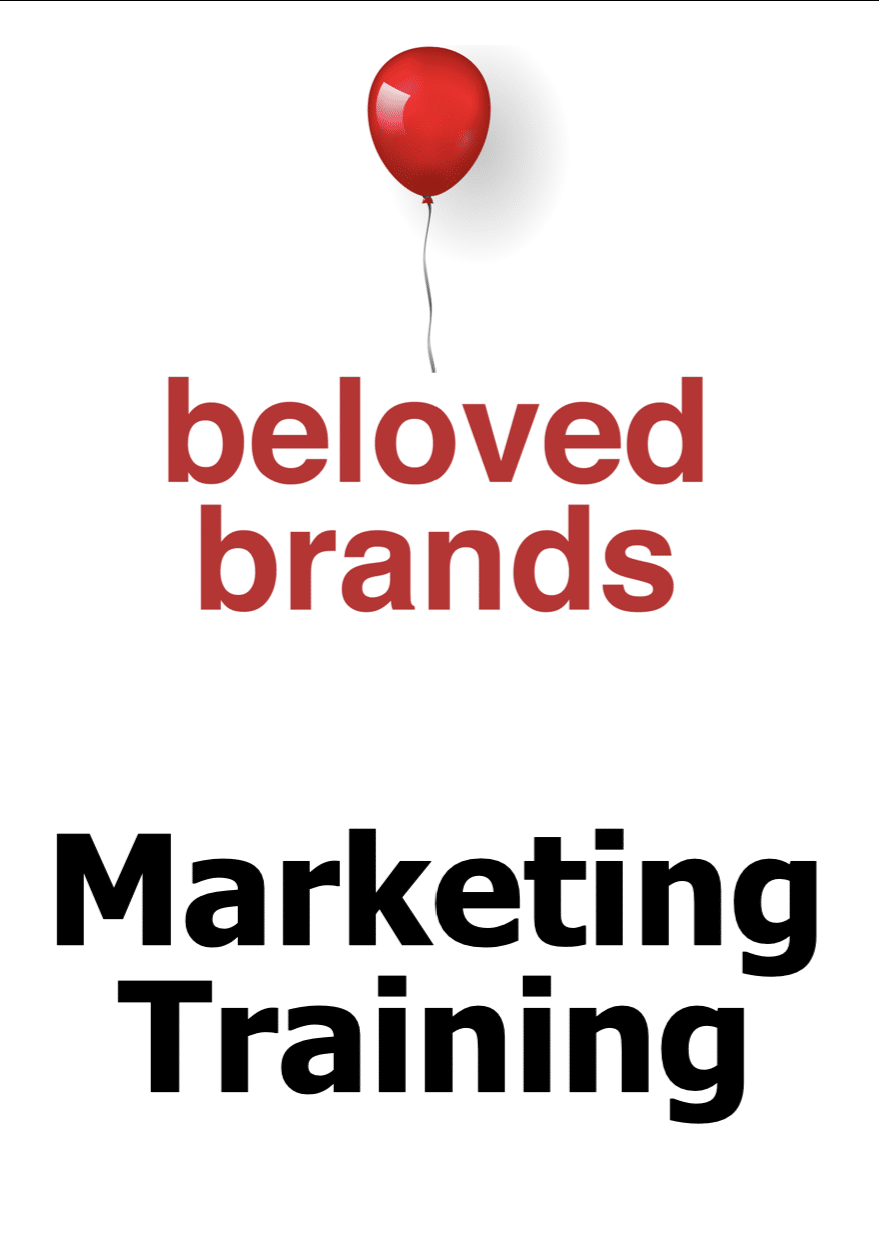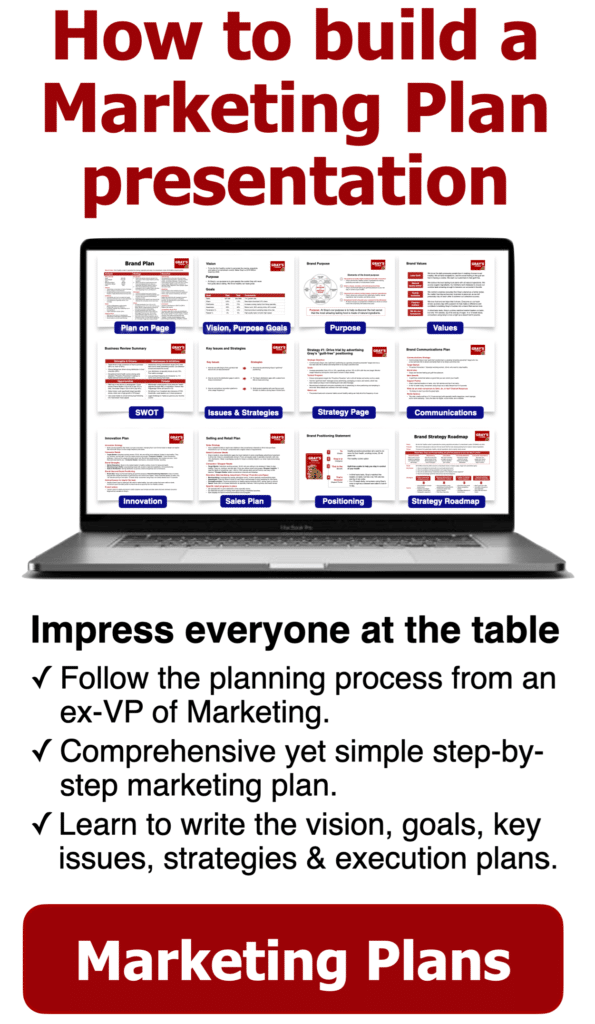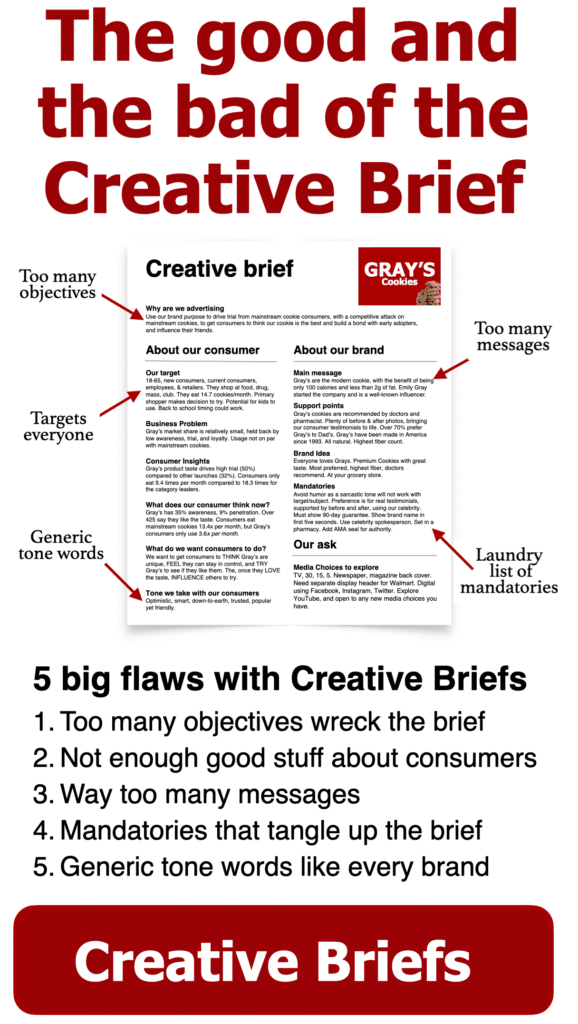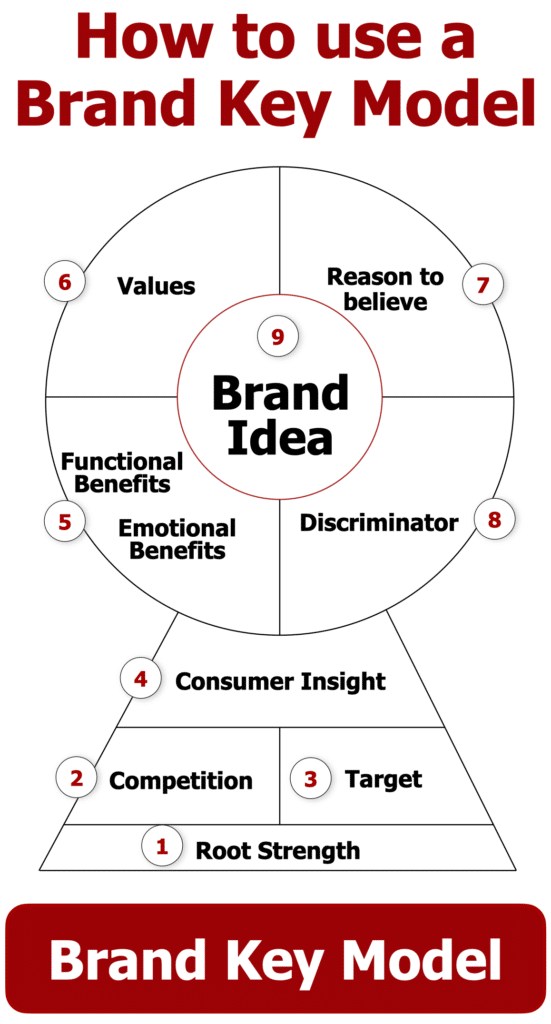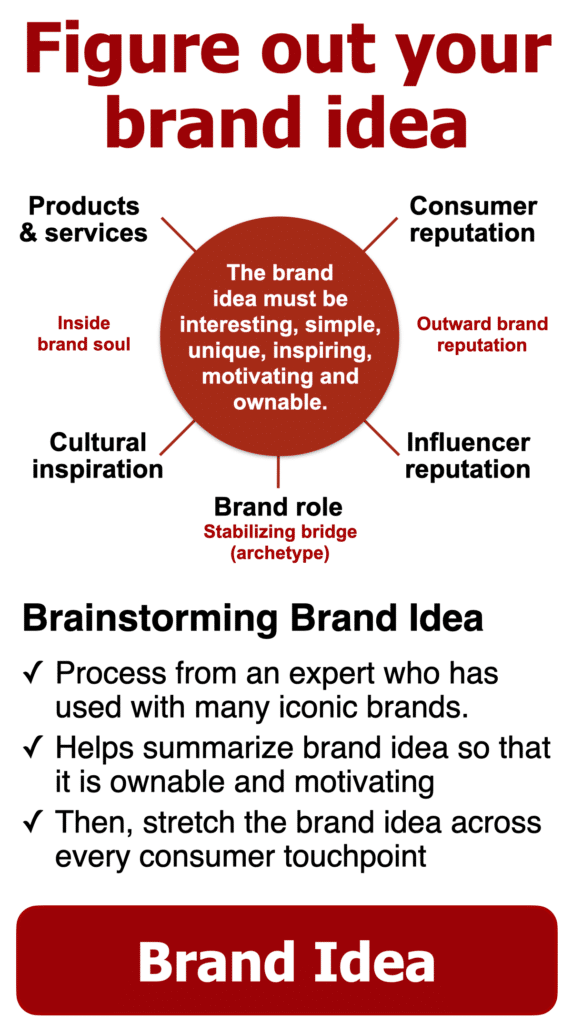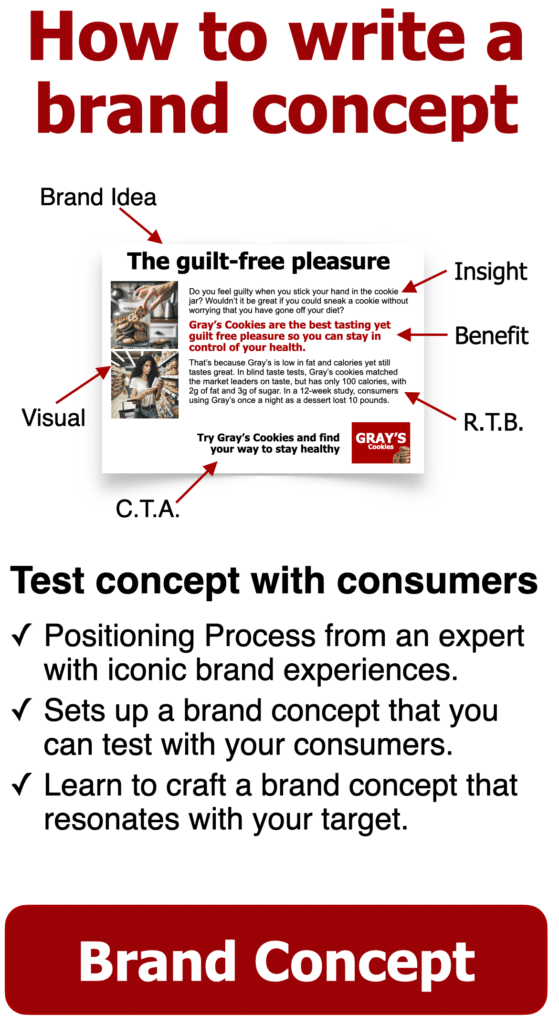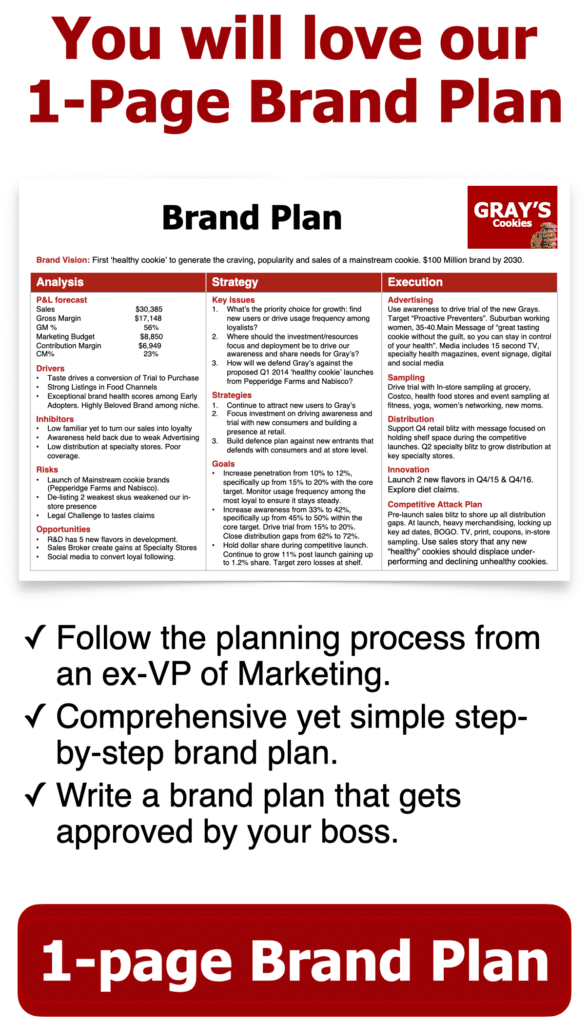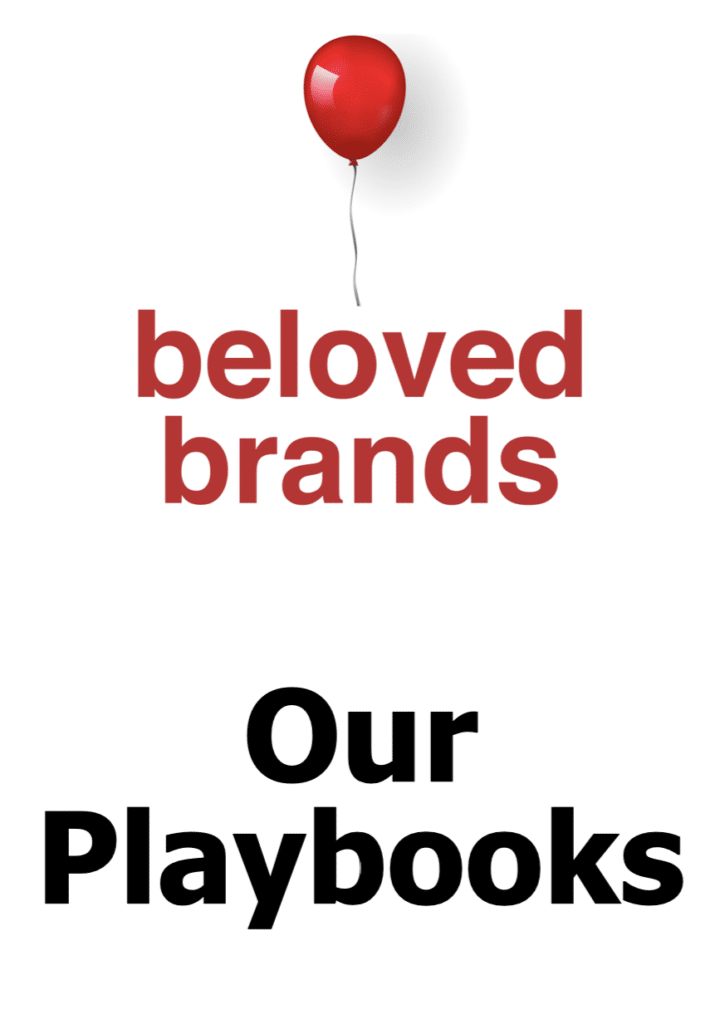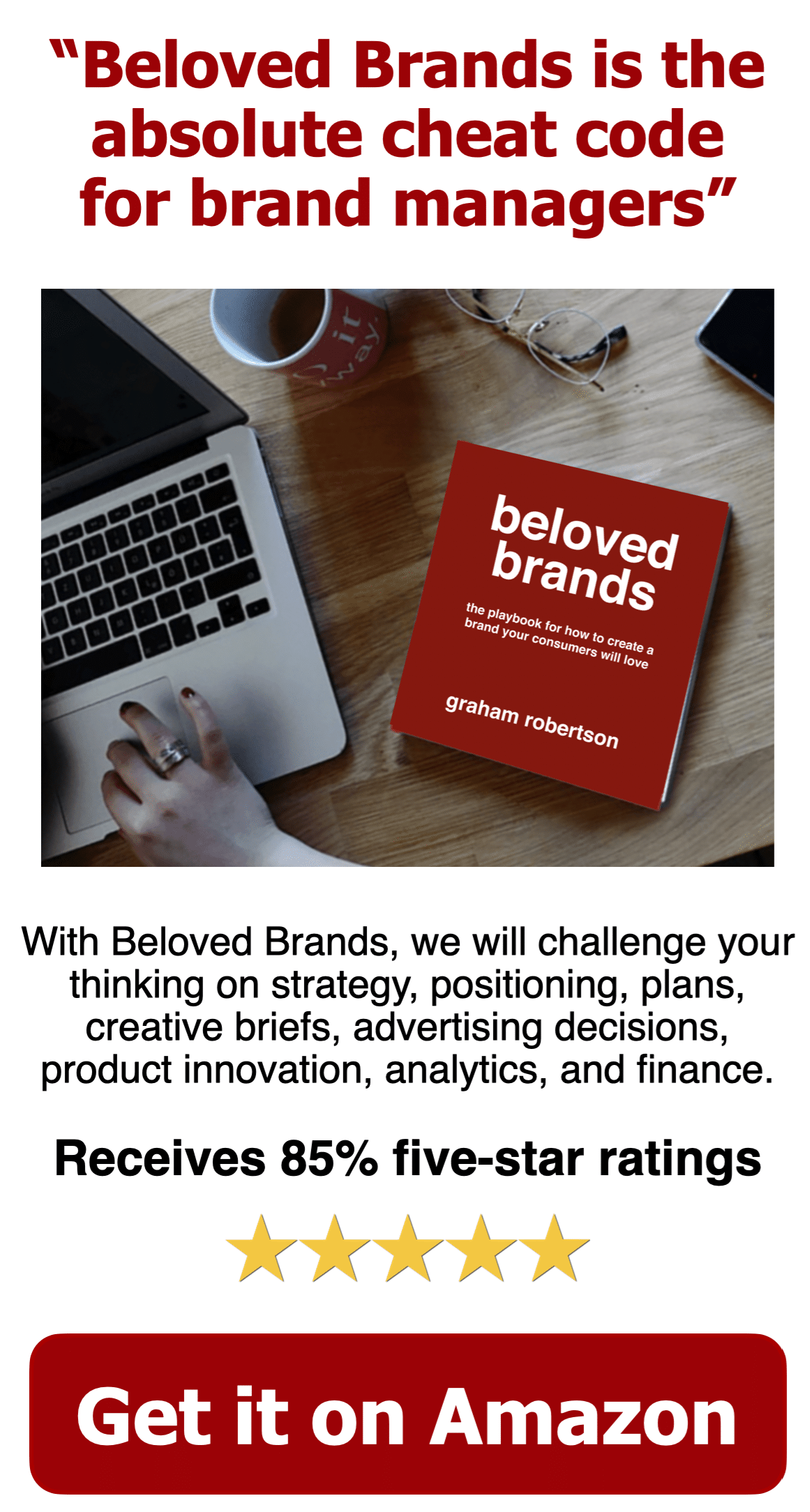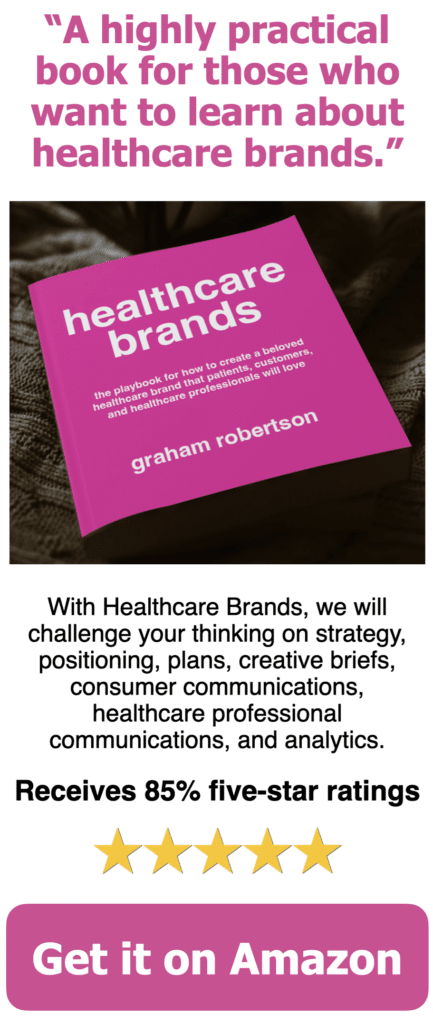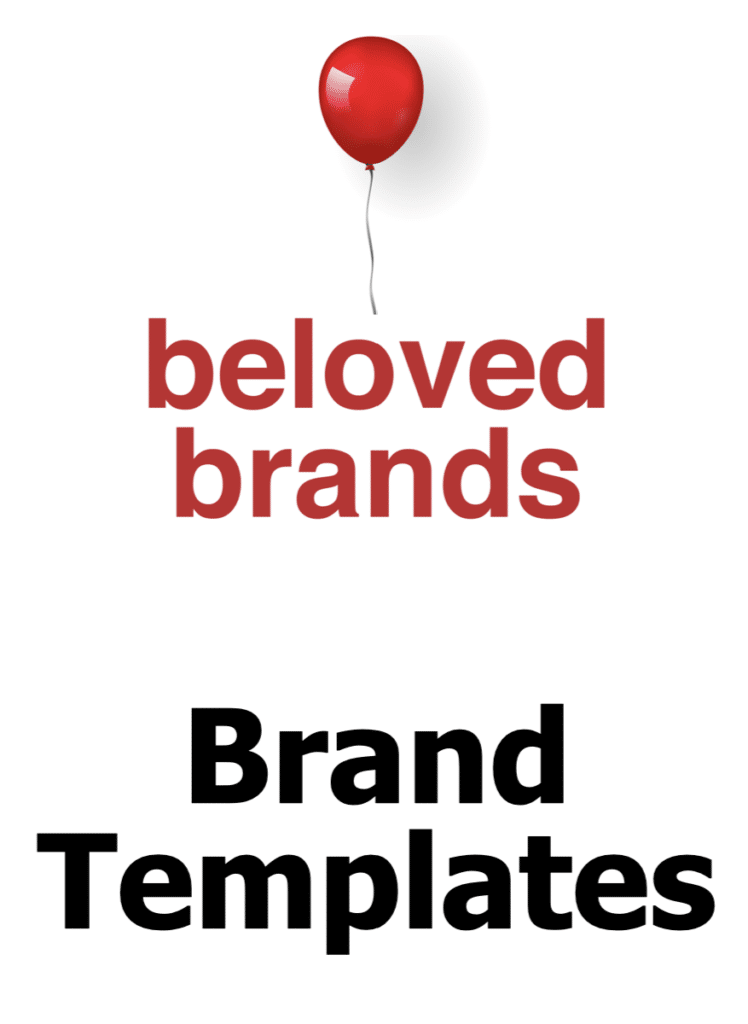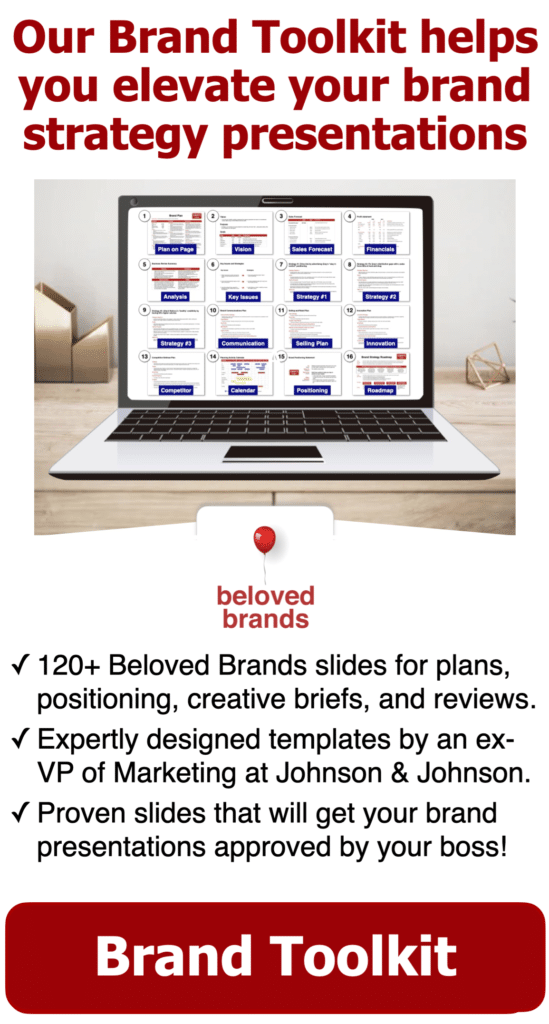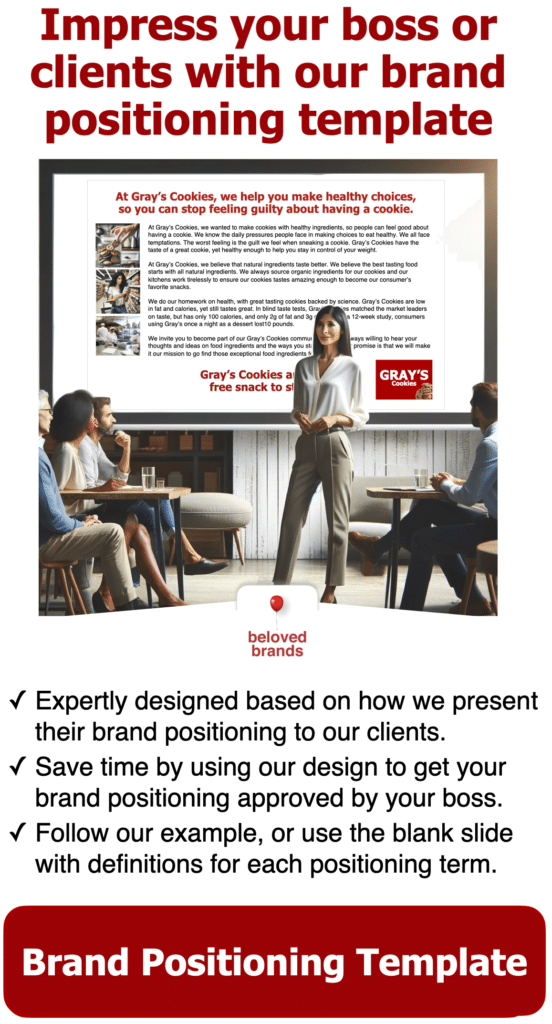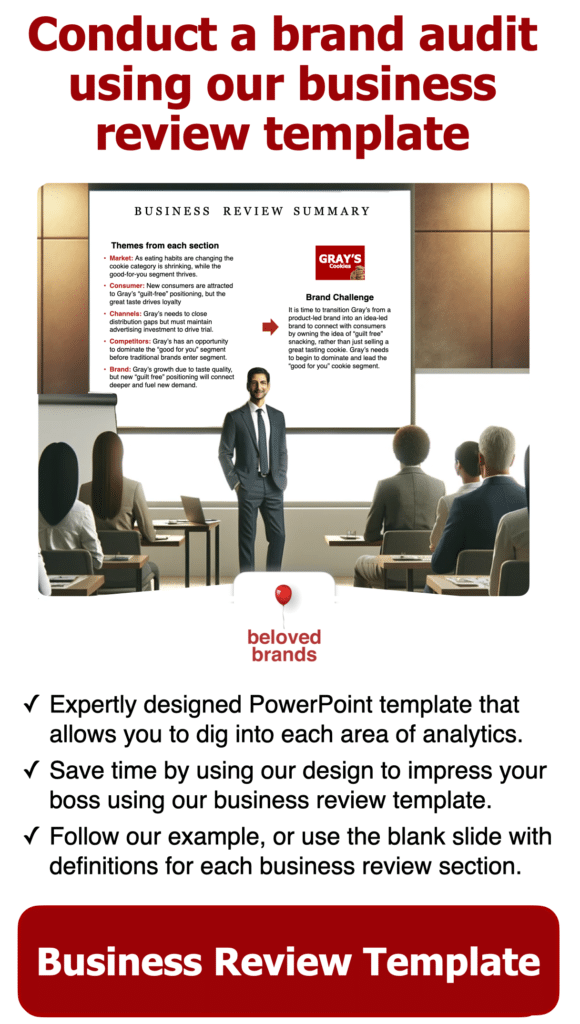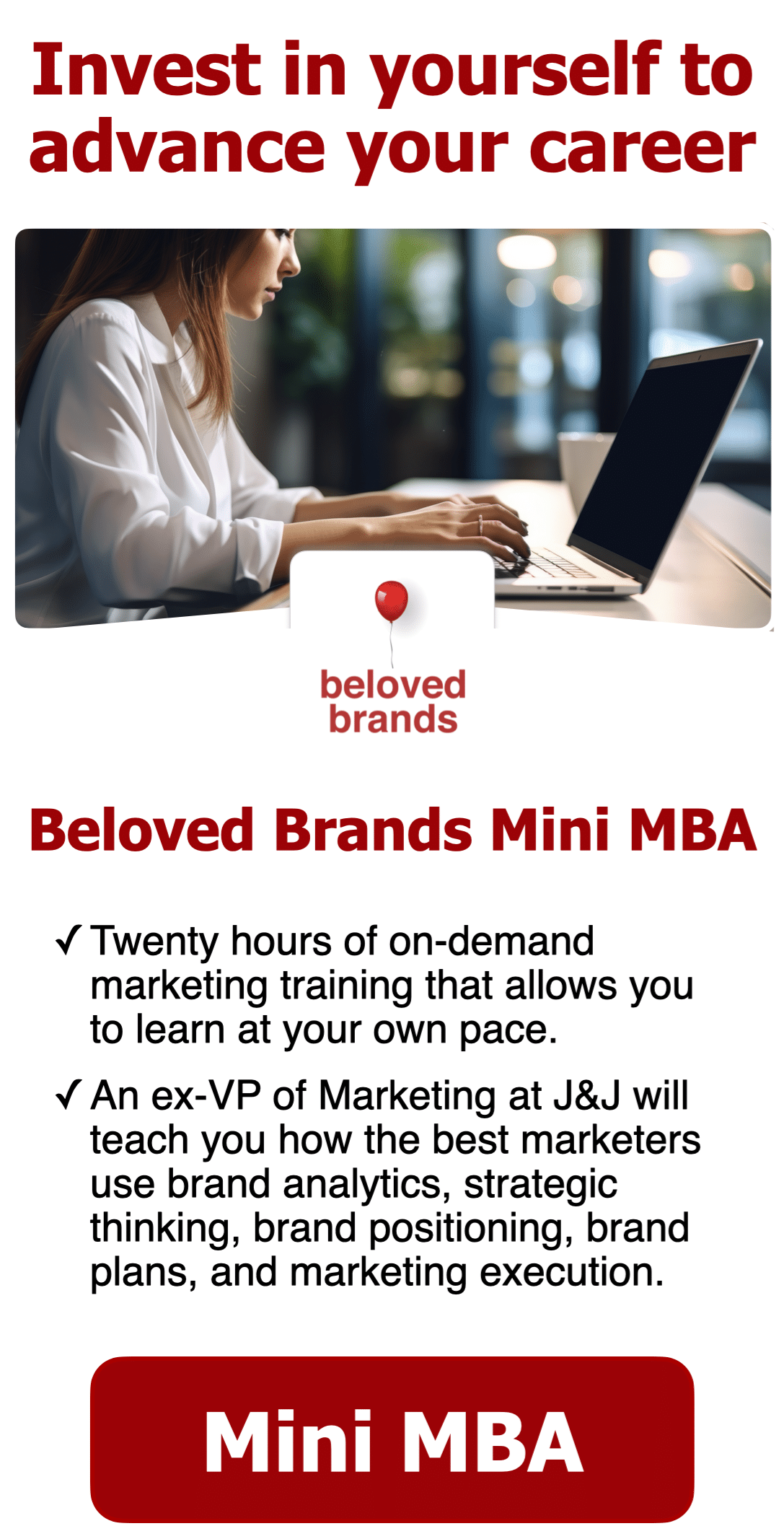A Brand Key model is a tool from consumer marketing that allows marketers to lay out the unique selling proposition (USP) elements of their brand on one page. Essentially, this article will go through the Brand Key model explained with nine elements that build the USP. And, with each element, we will show you the work you need to do. Moreover, we will leave you with plenty of Brand Key examples so that you can see how it will work on a brand like yours. This is a tool that originated out of the Unilever brand teams.
The Brand Key Model Explained
Let's go through each of the nine elements of the Brand Key Model Explained
1. Root Strength / Core Strength
To start, one of the first decisions to get to a unique selling proposition (USP), you need to make is to find your brand’s core strength. What is it that can make your brand great. Is it the product or service? Alternatively, could it be the idea or story you tell? Is it the consumer experience you create? Or, have you figured out a way to deliver more at a lower price?
For too many marketers, their immediate response is an urge to pick two or three core strengths. This clutters up their brand positioning, so they end up with no real perceived strength that stands out. Our core strength model forces you to select one of four possible options for you to win with. Is it the product, brand story, experience, or price?
To read more about building your unique selling proposition (USP) around your brand’s core strength, click on this link: How to build your brand around your core strength.
To illustrate, click on the core strength model to see the Brand Key Model explained.
2. Competitive Environment
To find your unique selling proposition (USP, you need to understand what your competitors are doing. The competitive environment looks at the market in which a brand competes as well as the relative value the brand offers in that particular market. Importantly, our competitive strategy model looks at four types of competitive brand strategy situations: the power player, challenger brand, disruptor brand and the craft brand. To read more, click: How to use competitive strategy to help your brand win the battles.
To illustrate, click on the competitive strategy model to help get the Brand Key Model explained.
Save time by using our brand positioning templates
If you manage a brand or a consultant helping your clients, our brand positioning template will help you align your team. Inside, you will find a fully-featured template outlining your target profile, brand positioning statement, brand idea, concept, values, story, brand key model, credo, and creative brief.
A completed example to serve as a guide and a set of blank slides with definitions for you to customize and create your own presentation. These slides provide an ideal opportunity to develop a brand book that will help you to communicate your brand’s purpose, values, and positioning to your target audience. Below is our completed brand key model for Gray’s Cookies. And you can see the blank slide found in our brand positioning template.
Click on either slide below to zoom in for details
To illustrate, click on the consumer target to help get the Brand Key Model explained.
3. Ideal Consumer Target
Importantly, we need to understand the needs of the target. Who is the ideal target? One of the biggest mistakes I see marketers make is picking too broad of a consumer target market.
A tight consumer profile helps you decide who is in the target and who is not in the target. Instead of going after who you want, go after those who want you. You should focus your limited resources on those consumers who have the highest likelihood of responding positively to your brand positioning, advertising, and new product innovation. A tighter consumer target market provides the fastest and highest return on investment. To read more, click: How to find and focus on your ideal consumer target.
To illustrate, click on the consumer target to help get the Brand Key Model explained.
4. Consumer Insight
Consumer insights are little secrets hidden beneath the surface. They explain the underlying behaviors, motivations, pain points, and emotions of your consumers. Your consumers may not even be able to explain the insight until you play it back to them. You want consumers to say, “Yeah, that’s exactly how I feel.” Brands must think of consumer insights as a potential competitive advantage. They are equal in importance to intellectual property. To read more, click: A simple way to find meaningful consumer insights that connect.
To illustrate, click on the consumer insights to help get the Brand Key Model explained.
Video - Beloved Brands Marketing Training
It's time to elevate your marketing team's performance with our Beloved Brands Marketing Training program.
Our marketing training makes your marketers smarter with brand analytics, strategic thinking, brand positioning, brand plans, and marketing execution.
5. Consumer Benefits
Functional Benefits
To help brand leaders build their consumer value proposition, I have created 12 functional zones that expands to over 50 potential functional benefits. For instance, as you look through the list, gravitate to the functional benefits you think will fit the needs of your consumers and differentiates your brand by looking for words where your brand does it better than competitors. While you might start with our words, try to layer in your own creative language with the specific category or consumer language.
Emotional Benefits
Below is a list of 40 potential emotional benefits help build an emotional brand positioning statement that differentiates your brand. Importantly, you want to own one emotional space in the consumer’s heart as much as you own the rational space in the consumer’s mind.
To read more about how to play around with consumer benefits to building your unique selling proposition, click on this link: Process for how to figure out your Brand Positioning Statement.
To illustrate, click on the consumer benefits cheatsheets to help get the Brand Key Model explained.
To illustrate, click on the consumer benefits cheatsheets to help get the Brand Key Model explained.
6. Values, Beliefs & Inspirations
Brand values form the backbone of the culture behind your brand. They may come from your background. It could be how you grew up. Or maybe, it is rules you identify with. It could be how you see your priorities in life.
Your beliefs come from your experience. They explain why and how you choose to do business, how you treat your people, how you conduct yourself as a leader and as a person in the community. These beliefs should be personal, ethical, or rooted in frustration for how you see things happening in the world.
Your inspirations should excite the team members who work behind the scenes of the brand. They should stimulate your people to go beyond the norms of effort or passion.
To read more, click on this link: Ten questions to help you define the culture behind your brand.
Click on either slide below to zoom in for details
To illustrate, click on the purpose and values questions to get the Brand Key Model explained.
7. Reasons to Believe
There are four types of brand claims you can use as the reasons to believe in support of your unique selling proposition (USP).
Process support
- How your product works differently
- Showcase what you do differently within the production process
- What added service do you provide in the value chain
Product claims
- Usage of an ingredient that makes your brand better
- Process or ingredient that makes your brand safer
- A process that makes your brand cheaper
Third-person endorsement
- Experts in the field who can speak on your brand’s behalf.
- Past users/clients with proof support of stories or reviews
- Recognized awards, such J.D. Power
Behavioral results
- Clinical tests
- In market usage study
- Before and after studies
To illustrate, click on the brand claims and reason to believe to get the Brand Key Model explained.
8. Discriminator
Narrow down to your single most compelling and competitive reasoning for consumers to choose the brand over its competitors. We use the brand role from our Brand Idea tool, which we define as the summary link between the internal soul and the external reputation.
9. Brand Idea or Brand Essence
Everyone seems to call the short-form description of a brand by different names; brand DNA, big idea, brand essence or shout from the mountain. I keep it simple by calling it the brand idea. Essentially, to win in the marketplace, your brand idea must be interesting, simple, unique, inspiring, motivating, and ownable.
When your brand idea is interesting and simple, it helps the brand gain quick entry into the consumer’s mind, so they will want to engage and learn more about the brand. And, with the consumer being bombarded by 5,000 brand messages every day, the brand only has 7-seconds to connect, or else consumers will move on.
When the brand idea is unique and own-able, it stands out from the clutter, and the brand can see enough potential to build their entire business around the idea. As the idea is motivating to consumers, the brand gains an ability to move consumers to see, think, feel, or act in positive ways that benefit the brand.
To read more, click on this link: How to build a brand idea so everyone describes the brand the same way.
To illustrate, click on the brand idea tool which can help to get the Brand Key Model explained.
Brand Key Examples
Brand Key example for a Consumer Packaged Goods Brand (CPG)
Below is the Brand Key example for Gray’s Cookies. They are shifting from a product-led to an idea led brand, trying to own “The best tasting yet guilt free pleasure so you can stay in control of your weight.”
To illustrate, click on the Brand Key Example for a consumer packaged goods brand.
Brand Key Example for a Healthcare brand or pharmaceutical brand.
Below is the Brand Key example for Gray’s QuitFix to help smokers quit smoking. Gray’s is a recent launch of idea led brand, trying to own the psychological USP of the quitting attempt. The brand idea is “We help you stay in control during the rough days, so you can successfully quit smoking.”
To illustrate, click on the Brand Key Example for a healthcare brand or pharma brand.
Brand Key Example for a B2B industrial brand.
Below is the Brand Key example for Gray’s Industrial Products, which is a successful experience led brand who sells tools into the construction industry. The brand idea is “Same day deliver backed by the smartest advice in the tool business.” The delivery is relatively a table stakes benefit that must be said, but the real discriminator is the hiring of retired tradespeople who can provide advice as part of their service. As Gray’s now battles Amazon, which is mainly price/speed, they’ll have to catch up to Amazon on speed to neutralize that main benefit. But, they can continue to win by playing up their unique selling proposition of peer-to-peer advice.
To illustrate, click on the Brand Key Example for a B2B industrial brand.
Brand Key Example for a B2B medical equipment brand.
Below is the Brand Key example for Gray’s Dental Instruments brand, a long-standing power player brand who occupies the high-end premium/prestige segment of the market. As they are losing the younger dentists, they are moving from a product-led to an experience led brand that can help dentists by adding a the unique selling proposition of “an experience that your clients will notice.”
To illustrate, click on the Brand Key Example for a B2B medical equipment brand.
Brand Key Example for the Apple brand.
Below is the Brand Key example for the Apple brand. It really brings to life Apple’s unique selling proposition of simplicity. To read more on our Apple case study, click on this link: How Steve Jobs built Apple around simplicity.
To illustrate, click on the Brand Key Example of Apple unique selling proposition of ‘simplicity.’
Brand Key Example for the Tesla brand.
Below is the Brand Key example for the Tesla brand. It speaks to their unique selling proposition of “building EV cars for the future.” To read more on our Tesla case study, click on this link: How Elon Musk built Tesla based on an intense desire.
To illustrate, click on the Brand Key Example of Tesla unique selling proposition.



